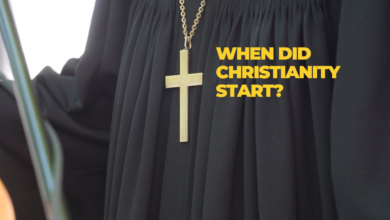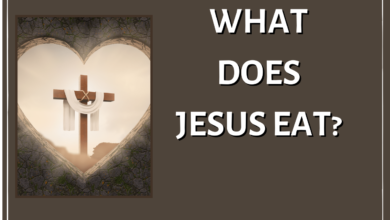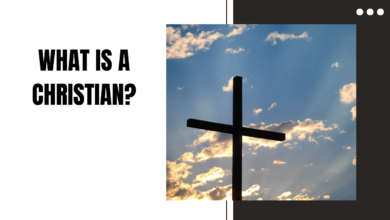What’s the difference between Catholic and Christian?
Exploring the Key Differences Between Catholicism and Other Christian Traditions
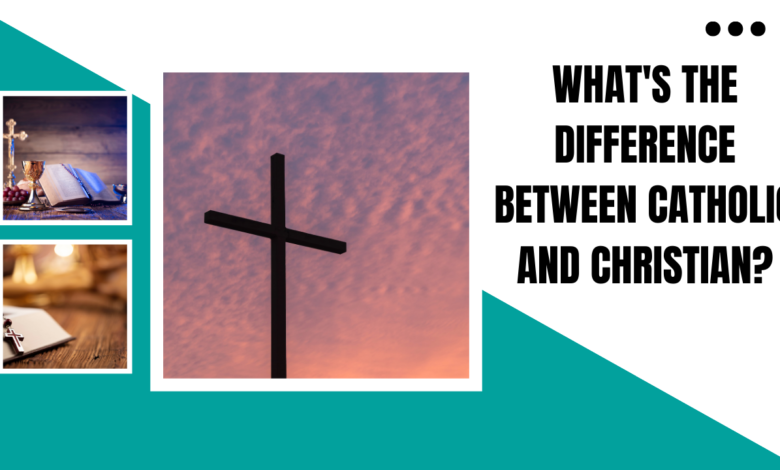
What’s the difference between Catholic and Christian?
Catholicism is a subset of Christianity, with key distinctions in its beliefs, practices, and authority structure. Christianity is a broader term encompassing various denominations, including Catholicism.
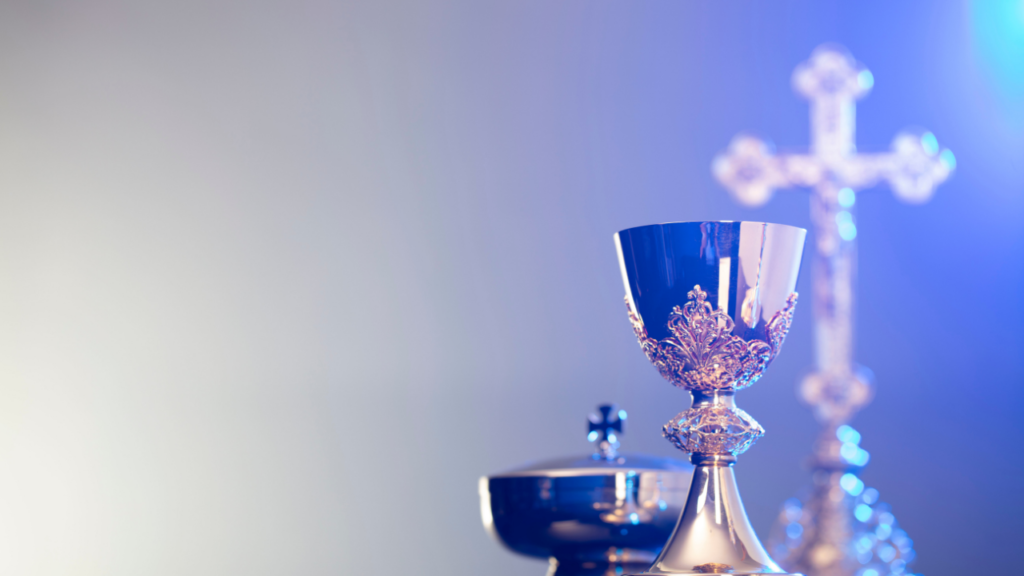
Introduction
Christianity, one of the world’s largest religions, encompasses a wide array of denominations and beliefs. One of the most significant divisions within Christianity is the distinction between Catholicism and other Christian denominations. While Catholicism is a branch of Christianity, it holds some distinct theological, doctrinal, and structural differences that set it apart from other Christian traditions. In this article, we will explore the key differences between Catholicism and generic Christianity.
Authority and Tradition
One of the most significant differences between Catholicism and other Christian traditions lies in the source of authority. Catholicism places a strong emphasis on the authority of the Pope, the bishop of Rome, who is seen as the earthly head of the Church and the successor to Saint Peter. The Pope’s authority is considered infallible when defining matters of faith and morals, as declared in the doctrine of papal infallibility at the First Vatican Council in 1870.
In contrast, other Christian denominations, collectively referred to as Protestantism, reject papal authority and emphasize the sole authority of the Bible. For Protestants, the Bible is the ultimate source of divine revelation and the foundation for faith and practice. This theological distinction has led to various interpretations and denominations within Protestantism, each with its own understanding of Christian doctrine.
Also check.
- What Is a Christian?
- Where did Islam Originate?
- When was Islam Founded?
- What Does Allah Look Like?
- What Do Judaism Christianity and Islam Have In common?
Sacraments
Another notable difference between Catholicism and other Christian denominations is their approach to the sacraments. Catholics recognize seven sacraments: Baptism, Confirmation, Eucharist, Penance (Confession), Anointing of the Sick, Holy Orders, and Matrimony. These sacraments are seen as instrumental in a believer’s salvation and spiritual growth.
Most Protestant denominations, on the other hand, recognize only two sacraments: Baptism and the Lord’s Supper (communion or Eucharist). While some Protestant denominations may have variations in their sacramental practices, they generally do not assign the same level of importance to these rituals as the Catholic Church.
Worship and Liturgy
Catholic worship services are characterized by their liturgical nature, incorporating a structured order of worship with specific rituals and traditions. The Mass, the central worship service for Catholics, follows a prescribed format and includes the consecration of bread and wine into the body and blood of Christ.
In contrast, many Protestant denominations have a less structured form of worship. Services may involve hymn singing, Bible readings, sermons, and prayer, but there is often more flexibility in the order and style of worship. Protestant worship services can vary greatly, from the highly liturgical practices of Anglican or Lutheran churches to the more spontaneous and contemporary services of evangelical and charismatic denominations.
Views on Salvation
Both Catholicism and Protestantism share the belief in Jesus Christ as the savior of humanity, but they differ in their understanding of how salvation is attained. Catholic theology teaches that salvation is a cooperative effort between God’s grace and human works, including sacraments and good deeds. This perspective is often summarized in the phrase “faith and works.”
In contrast, many Protestant denominations emphasize the doctrine of “justification by faith alone.” They believe that salvation is solely a result of faith in Jesus Christ, apart from human works. This doctrinal difference played a significant role in the Protestant Reformation led by figures like Martin Luther, who sought to reform what they perceived as errors in the Catholic Church’s understanding of salvation.
Conclusion
Catholicism and other Christian denominations share a common foundation in the belief in Jesus Christ and the teachings of the Bible. However, they differ significantly in terms of authority, sacraments, worship, and views on salvation. These differences have contributed to the rich tapestry of Christian traditions and denominations that exist today. While these distinctions exist, it’s important to remember that all Christians are united in their faith in Jesus Christ and their commitment to living out their faith in various ways, seeking to grow closer to God and serve others.
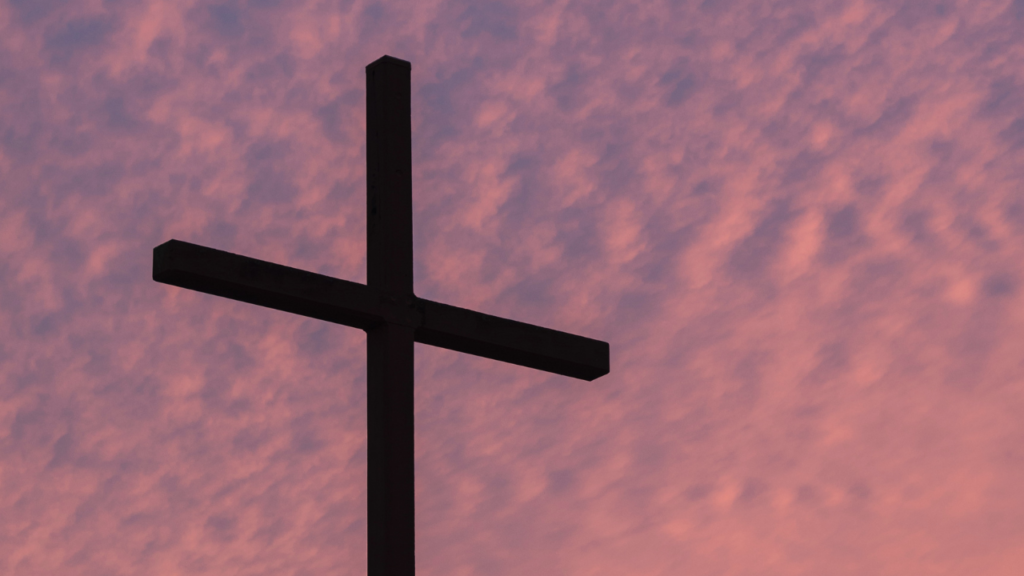
FAQs
What is the fundamental difference between Catholicism and Christianity?
Catholicism is a subset of Christianity, with key distinctions in its beliefs, practices, and authority structure. Christianity is a broader term encompassing various denominations, including Catholicism.
Is Catholicism considered a type of Christianity?
Yes, Catholicism is a branch of Christianity. It’s one of the oldest and largest Christian denominations.
What is the role of the Pope in Catholicism?
The Pope, the bishop of Rome, holds a central position in Catholicism as the spiritual leader and is considered the successor to Saint Peter. Catholics believe in the Pope’s infallibility in certain doctrinal matters.
Do other Christian denominations have a Pope?
No, most other Christian denominations, especially Protestant ones, do not have a Pope or a centralized hierarchical structure.
What are the key sacraments in Catholicism, and how do they differ from other Christian denominations?
Catholicism recognizes seven sacraments, including Eucharist, Confirmation, and Penance, while many other Christian denominations usually acknowledge only Baptism and Communion as sacraments.
How do Catholic and Protestant worship services differ?
Catholic worship services are generally more structured and liturgical, while many Protestant services are less formal, with variations ranging from high liturgy to contemporary worship styles.
